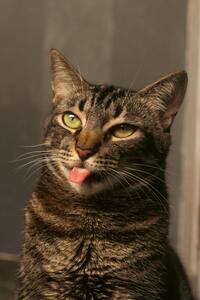 Photo by Lucas Pezeta
Photo by Lucas Pezeta Does YOUR favorite feline companion enjoy licking the carpet? If so, have you ever considered the paws-ible reasons behind this behavior?
1. It “tastes” good: Because cats have a highly developed sense of smell, spilled drinks or food may have attracted your cat to the carpet and she’s simply licking up the residue. But if you want to deter this behavior, you have three options. The first is to distract her with a toy. The second is to spray the carpet with a cat-safe deterrent that will, quite literally, repel her. The third is to have your carpet steam-cleaned.
2. Comfort behavior: Cats lick and suck as a comforting gesture. If your kitty is licking the carpet, she may find it makes her feel extremely comfortable and is doing this as a form of relaxation. She may even be lying down and “kneading” the carpet at the same time. Just make certain that she’s not ingesting any parts of the carpet. But again, if you don’t want her licking the carpet, try redirecting her attention to a toy – perhaps a new and exciting one -- or to several high-value treats.
3. Boredom: If your favorite feline is feeling either frustrated or bored, she might resort to licking the carpet as a way of “entertaining” herself. The best solution for both is to purchase several new toys, particularly interactive ones, get down on the floor and play with her and/or add a climbing structure such as a multi-tiered cat tree to the room.
4. Behavioral issues: An anxious cat is at risk of developing pica (the act of licking, chewing or sucking on inappropriate, non-food items) as a coping mechanism. Hence, your carpet. On the other hand, she could be suffering from some form of obsessive-compulsive disorder. If so, monitor her for other obvious signs of stress like: aggression, digestive problems such as diarrhea or constipation, excessive grooming/hair loss, excessive scratching, increased sleeping, isolation, loss of appetite, reactivity and/or urinating outside the litter box. Pheromone diffusers may help since they emit calming scents intended to soothe a cat’s nerves. But the best and safest course of action is to take your kitty to the vet for a thorough examination. The solution may be as simple – and reassuring – as making some changes to your home environment or putting her on prescribed anxiety medication.
5. Disease: While a poor diet and malnutrition can lead to pica, malnutrition can also occur in cats on a healthy diet due to anything from parasites and inflammatory bowel disease to cancer, leaving them unable to absorb the nutrients properly. If your cat is or feels sick, she may lick your carpet as a form of coping strategy. Once again, only your vet can give her a thorough physical examination and order whatever tests may be deemed necessary to successfully treat the cat you cherish.

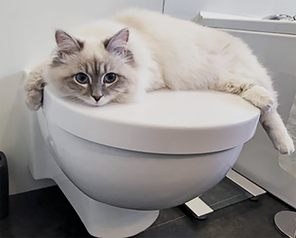
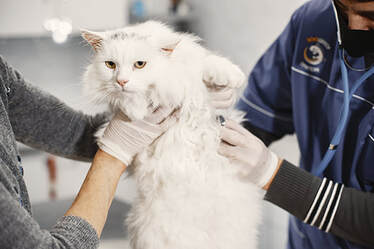
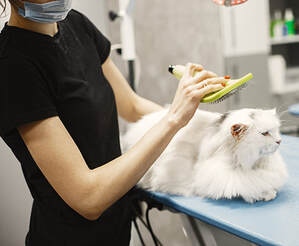
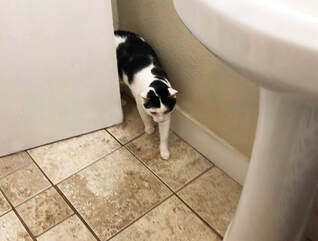
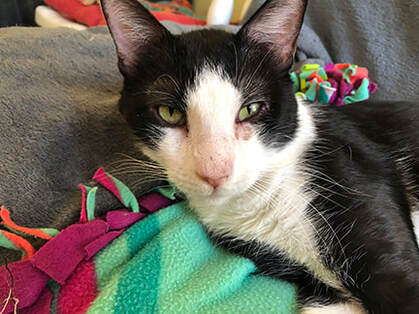
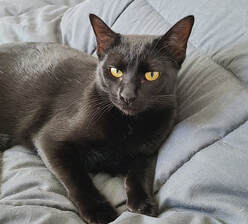
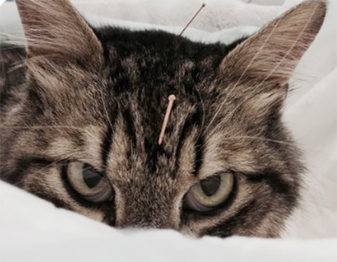
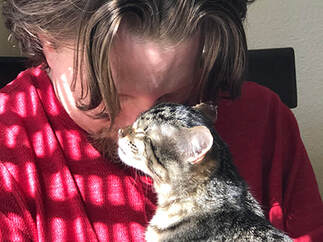









 RSS Feed
RSS Feed